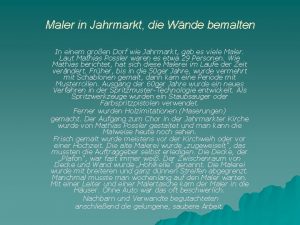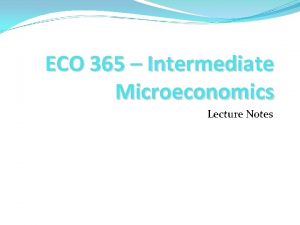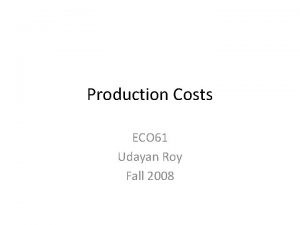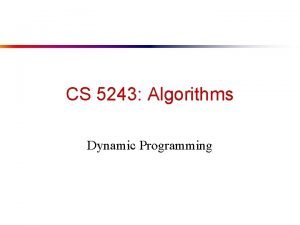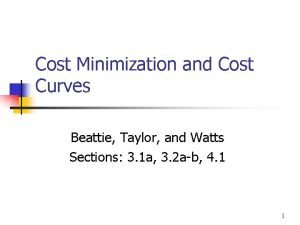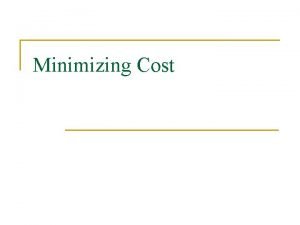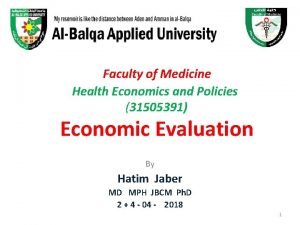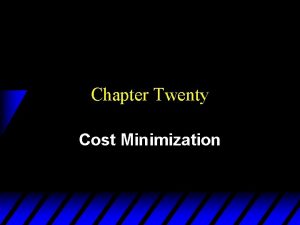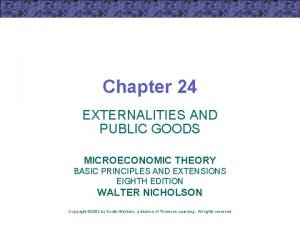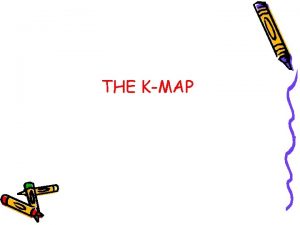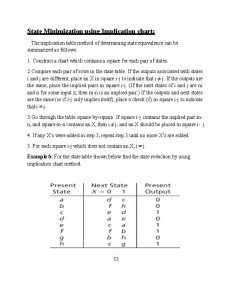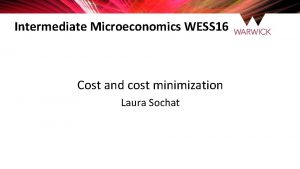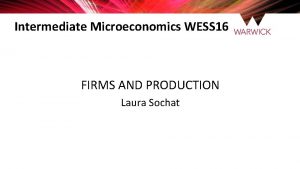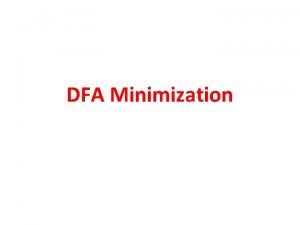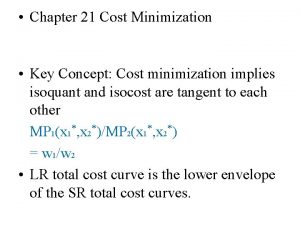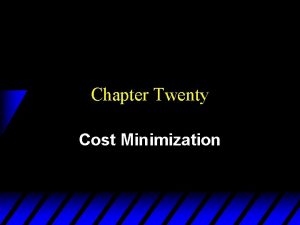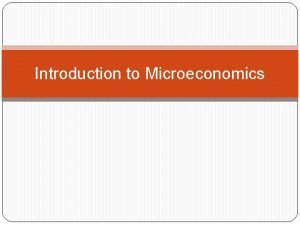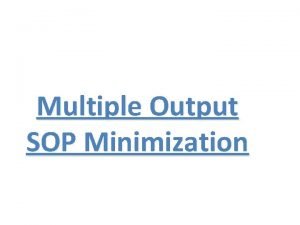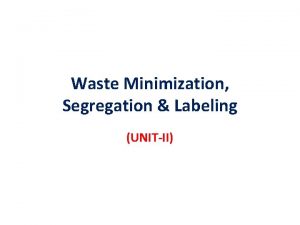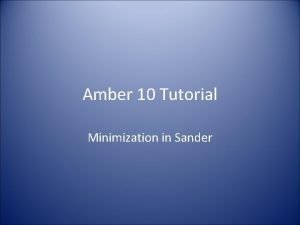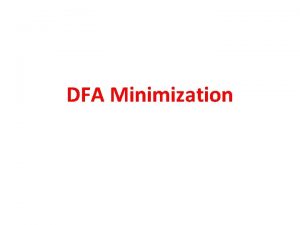Intermediate Microeconomics WESS 16 Cost and cost minimization













- Slides: 13

Intermediate Microeconomics WESS 16 Cost and cost minimization Laura Sochat

Sunk versus non sunk costs Another important concept for the firm’s decision making. It will enable the firm to assess the costs that the decision will actually affect. Sunk costs refer to the costs which the firm has already incurred. They therefore cannot be avoided by the firm. Non sunk costs refer to the costs which would only be incurred should a particular decision was taken. They can therefore be avoided by not taking such a decision.

Cost minimization in the long run

Isocost lines K, Capital An isocost line represents a set of combination of labor and capital that have the same total cost for the firm. L, Labor

K, Capital Graphical representation of the long run cost minimization problem B D A C L, Labor

Cost minimization using Lagrangean method

Corner point solutions K, Capital The cost minimizing input combination happens at a point where the firm uses no Capital: C B A L, Labor

Comparative statics: A change in input prices K, Capital • As the price of labor increases, the isocost line becomes steeper. • With diminishing marginal rate of technical substitution of labor for capital, the new optimal point is farther up the isoquant. • The firm now uses more capital and less labor, as the relative price of labor has increased. • Note two important assumptions needed for those results: • The firm was already using positive amounts of both inputs • The isoquants are smooth B A L, Labor

Comparative statics: A change in output K, Capital • The optimal combinations of inputs move north east as the quantity of output increases. • The linking the three different optimal bunbles is called the expansion path. • Both capital and labor are normal goods. Expansion path C B A L, Labor

Using comparative statics to derive input demand curves K, Capital • B A C • L, Labor • £ 2 A’ C’ £ 1 B’ L, Labor The top graph shows both the effect of a change in the price of labor, and the effect of a change in output The bottom graph summarises the implications of the re optimisation of the firm: The labor demand curve As the quantity of output changes (and both the price of labor and capital stay unchanged), the labor demand curve shifts upwards.

Costs in the short run: Fixed and variable costs

Cost minimization in the short run K, Capital In the short run, the firm cannot substitute between the two inputs: The optimal combination of inputs does not involve a tangency condition. A B L, Labor

Cost minimization in the short run K, Capital The short run combination of inputs usually differs from the combination of inputs used in the long run: The firm typically operates at higher costs in the short run. Short run expansion path C D B A E L, Labor
 Wess zwillinge
Wess zwillinge Intermediate microeconomics lecture notes
Intermediate microeconomics lecture notes Intermediate microeconomics notes
Intermediate microeconomics notes Cost minimizing rule
Cost minimizing rule Cost minimization formula
Cost minimization formula Cost minimization
Cost minimization Short run cost minimization
Short run cost minimization Cost minimization analysis
Cost minimization analysis Cost minimization perfect complements
Cost minimization perfect complements Externalities and public goods microeconomics
Externalities and public goods microeconomics Define macro vs micro
Define macro vs micro Micro macro economics
Micro macro economics What is k map definition
What is k map definition Implication table state minimization
Implication table state minimization
